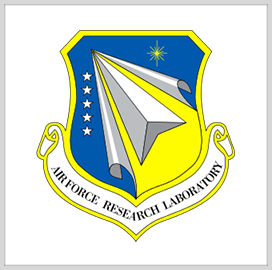The U.S. Army Reserve has appointed Brig. Gen. Robert Powell to serve as a deputy commanding general of cyber for the 335th Signal Command to supervise cybersecurity initiatives, FedScoop reported on Monday.
“[Powell] is the first United States Army Reserve General Officer to come from the cyber branch,” said Maj. Gen. Stephen Hager, deputy commander of operations, Cyber National Mission Force, U.S. Cyber Command. “That is significant since it demonstrates to our younger troops that there is a path to general officership.”
In the role, Powell will lead the unit’s cyber activities. Powell has extensive experience in the Army Signal Corps and cyber-related units. He most recently commanded the U.S. Army Reserve Cyber Protection Brigade (CPB) from 2016 to 2019.
The CPB's mission is to defend key terrain in cyberspace to deter threats and deliver effects that ensure freedom of action for friendly forces while denying the same to adversaries. The CPB mans, trains, equips, directs and deploys Cyber Protection Teams (CPTs) to augment supported organizations' organic network defenders for operations and exercises.
Powell's experience as an intelligence officer and commander of the Army Reserve's only Cyber Protection Brigade helped develop some of the Cyber National Mission Force's unique capabilities.
"Rob is well-rounded and as a general officer is much better prepared to help the intelligence, signal, information advantage and the cyber enterprise,” Hager added. Powell will work to enhance cyber-readiness and provide technical expertise.
Powell stated the importance for general officers to have cyber experience as the Army puts greater emphasis on cybersecurity operations and information warfare. “It was very evident in my time at Fort Meade that information warfare is growing in complexity, and we must continue to move in a direction to address these challenges,” Powell said.








